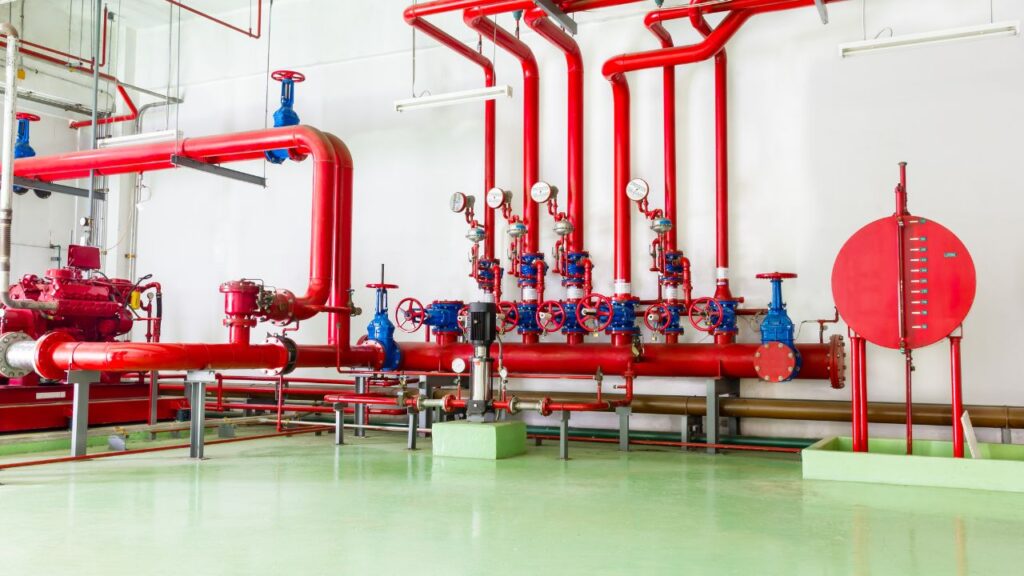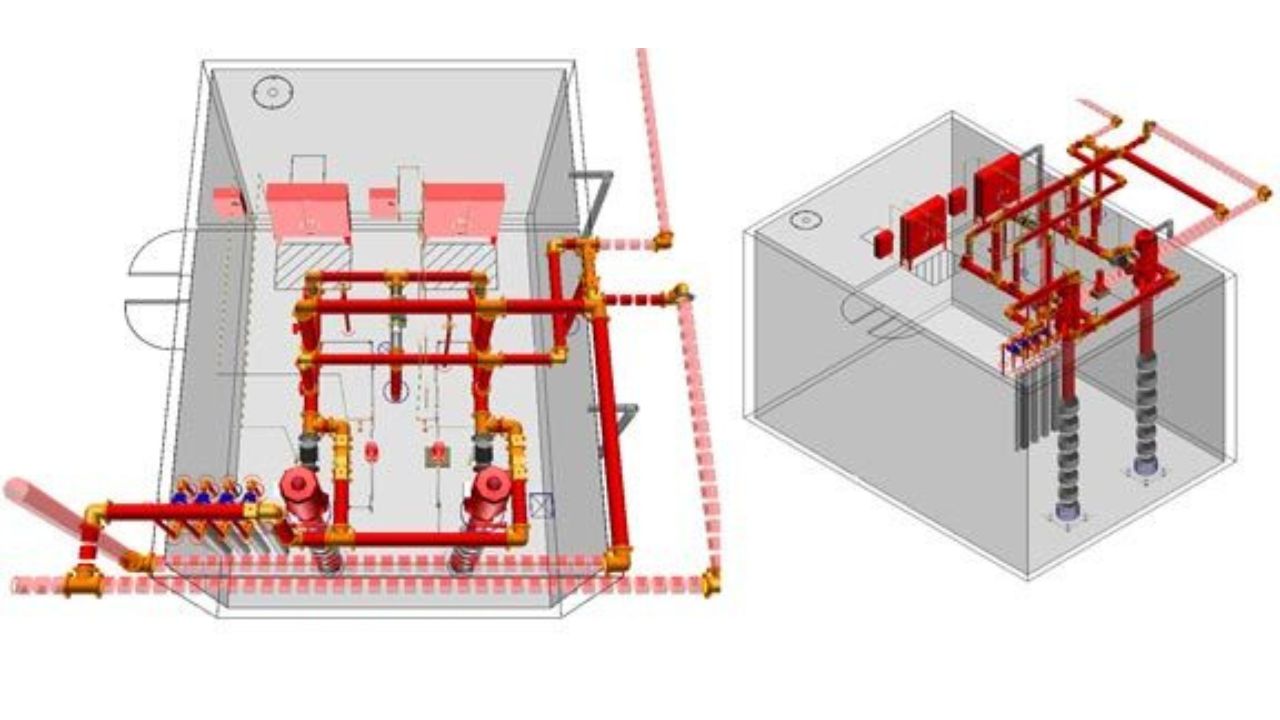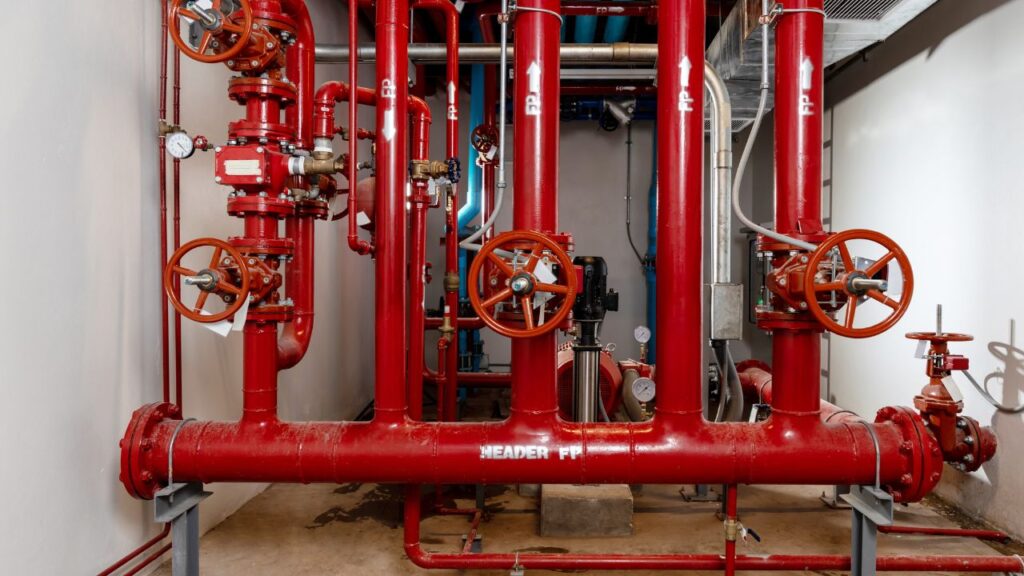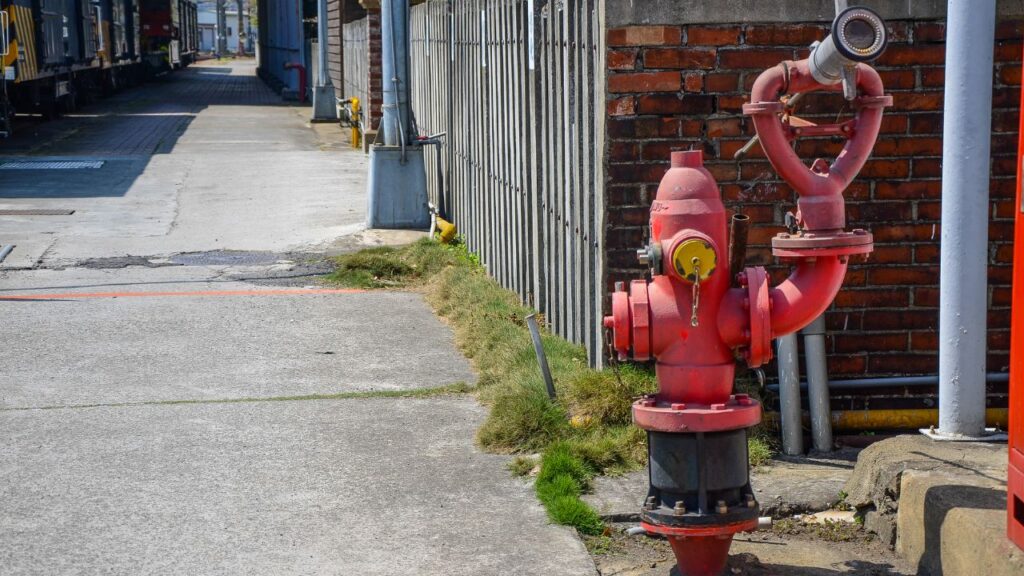Tap into Success – Zip Code Estimates for Fire Safety Excellence!
- Accurancy
- Efficiency
- Transparency
- Customization
- Time Saving
- Professionalism
- Cost Control

Fire safety is a paramount concern for municipalities, and the installation of an efficient and reliable fire hydrant system is a critical component of any comprehensive emergency response strategy.
This article aims to explore the various factors that influence the cost of implementing fire hydrant systems in municipalities, shedding light on the importance of these systems in safeguarding lives and properties within urban areas.

Municipal fire hydrant systems serve as a crucial lifeline for urban communities, providing firefighters with immediate access to water in the event of emergencies. The value of a well-equipped fire hydrant system extends beyond immediate firefighting capabilities and includes:

Fully Insured & Licensed
Hire a Contractor For Fire Safety

Make Informed Design Decisions Showcase Your Design Ideas
Get RenderingThe primary objective of municipal fire hydrant systems is to protect the lives of urban residents. By ensuring a quick and efficient water supply, these systems enable firefighters to respond rapidly, minimizing the risk to residents and facilitating timely evacuation if necessary.
In densely populated urban areas, the prevention of fire spread is of utmost importance. Rapid intervention through an effective fire hydrant system becomes a crucial defense against the escalation of fires, safeguarding both residential and commercial properties from extensive damage.
Municipalities rely on critical infrastructure, and fire hydrant systems contribute to the resilience of this infrastructure. Swift response times facilitated by well-maintained hydrant systems help in minimizing disruptions and preserving the overall stability and functionality of urban areas.
The intricate nature of urban landscapes introduces unique challenges to the installation and maintenance of fire hydrant systems. The density and layout of urban areas significantly impact the overall cost. Cities, characterized by diverse structures and complex layouts, require a comprehensive network of hydrants, pipes, and valves. The challenge lies in ensuring adequate coverage in areas with high concentrations of buildings, varying structures, and intricate street patterns. The need for a more intricate system to navigate these complexities contributes to increased material and labor costs associated with installation and ongoing maintenance.

The planning and design of fire hydrant systems in urban environments must carefully consider the intricate nature of the cityscape to ensure effective coverage in the event of emergencies.
Municipalities must adhere to a myriad of local, state, and national fire safety regulations to guarantee the effectiveness and safety of fire hydrant systems. Compliance with these stringent standards is not just a legal necessity but also a crucial factor in determining system costs. Meeting regulatory requirements involves additional costs for specialized materials, rigorous testing, and certification processes. These measures ensure that the fire hydrant system is not only functional but also capable of meeting the highest safety standards. Navigating these regulatory standards demands a commitment to investing in quality components and rigorous testing procedures, reinforcing the system’s reliability and adherence to safety protocols.

The sprawling nature of urban areas brings forth a higher demand for water supply and pressure in fire hydrant systems. Ensuring an adequate and reliable water supply is paramount for effective firefighting capabilities. Urban areas, with their heightened risks and complexities, may require additional water storage solutions or pumps to meet the substantial demands for fire protection requirements. The costs associated with addressing these demands contribute significantly to the overall investment in the fire hydrant infrastructure. The design of the system must consider the urban environment’s specific water needs, necessitating careful planning to meet the high-pressure requirements essential for swift and effective response during emergencies.
The dynamic nature of urban areas, characterized by diverse construction types, varying fire risk factors, and an overall intricate layout, dictates the specific type and quantity of hydrants required. Unlike less densely populated areas, urban landscapes may necessitate a higher number of strategically placed hydrants to ensure comprehensive coverage. The choice of hydrants must align with the unique dynamics of the urban environment, considering factors such as building materials, population density, and potential fire hazards. The customization of hydrant types and quantities adds a layer of complexity to the system design, influencing the overall costs associated with their purchase, installation, and establishment of associated infrastructure.
The extensive infrastructure already present in many urban areas poses a challenge for the installation of fire hydrant systems. The extent of underground piping required and the complexity of installation represent significant cost factors. Urban areas with existing infrastructure or challenging terrains may incur higher expenses for excavation, trenching, and pipe laying.
The installation process in areas with obstacles or congested layouts demands additional labor and specialized equipment.

Addressing these urban challenges requires meticulous planning and execution, contributing to increased overall costs for implementing and maintaining the fire hydrant system. The complexities associated with underground piping underscore the need for strategic decision-making in urban environments.
The strategic placement of fire hydrants in urban areas is vital for ensuring easy inspection, testing, and maintenance. Accessibility is a critical consideration as it directly impacts ongoing maintenance costs. Hydrants strategically located in easily accessible areas facilitate routine inspections, testing, and preventive maintenance, contributing to the overall longevity and reliability of the fire hydrant system. In urban environments, where time is of the essence during emergencies, ensuring operability through accessible hydrants becomes paramount. The cost savings derived from easily maintainable hydrants further emphasize the importance of thoughtful planning to guarantee the system’s readiness to respond swiftly to urban emergencies.
Due to the myriad of factors influencing the cost, the investment range for a fire hydrant system can exhibit significant variability across municipalities. As a rough approximation, anticipate a financial outlay starting at approximately $600,000 for a basic system in a small town, with costs potentially exceeding $12 million or more for intricate networks in large, densely populated cities.
Conduct a thorough analysis of the municipality’s layout and identify high-priority areas for fire hydrant placement. By strategically planning the network, municipalities can optimize coverage and reduce unnecessary costs associated with an overly extensive system. This targeted approach ensures that hydrants are strategically placed in locations where they are most needed, minimizing the overall investment.
Embrace technological advancements in fire hydrant systems. Smart hydrant technologies with real-time monitoring capabilities can enhance system efficiency, allowing for proactive maintenance and reducing the risk of system failures. While the initial investment in technology may seem significant, the long-term cost savings through improved system management and reduced maintenance expenses can outweigh the upfront costs.
Explore opportunities for collaboration with neighboring municipalities or agencies to share resources and costs. Joint ventures for the installation and maintenance of fire hydrant systems can lead to significant cost savings.
By sharing the financial burden and resources, municipalities can collectively benefit from a well-maintained and cost-efficient fire hydrant infrastructure.

Implement a proactive and routine maintenance schedule to identify and address issues early on. Regular inspections, testing, and preventive maintenance help prevent costly repairs and ensure the longevity of the fire hydrant system. Neglecting maintenance can lead to more significant problems, increased repair costs, and a higher likelihood of system failures during emergencies.
Integrate water conservation measures into the fire hydrant system design. Implementing technologies such as water-efficient hydrants or utilizing water storage solutions can contribute to long-term cost savings. By optimizing water usage for firefighting purposes, municipalities not only reduce operational costs but also align with sustainability goals, fostering a more environmentally conscious approach to fire protection.

Fully Insured Licensed Hire a Contractor For Fire Safety
Get Contractor
Make Informed Design Decisions Showcase Your Design Ideas
Get RenderingIn conclusion, fire hydrant systems are crucial for urban safety, protecting lives, property, and infrastructure. The diverse factors influencing costs, ranging from $600,000 to over $12 million, highlight the need for strategic decision-making. Cost-saving strategies include strategic planning, embracing technology, collaborative resource sharing, regular maintenance, and water conservation. Implementing these measures not only saves costs but also enhances system effectiveness and sustainability, ensuring urban areas are well-prepared for emergencies.
The primary purpose of a municipal fire hydrant system is to provide immediate access to water for firefighters during emergencies, safeguarding urban residents, and protecting property and critical infrastructure.
The intricate nature of urban landscapes, characterized by dense structures and complex layouts, significantly influences costs. Factors such as regulatory compliance, water supply demands, and accessibility challenges contribute to increased material and labor expenses.
The dynamic nature of urban areas, including diverse construction types, fire risk factors, and layout intricacies, dictates the specific type and quantity of hydrants required. Population density, building materials, and potential fire hazards influence the customization of hydrant systems.
The cost can vary widely, starting at approximately $600,000 for a basic system in a small town and potentially exceeding $12 million for complex networks in large, densely populated cities.
Strategies include strategic network planning to optimize coverage, embracing technology for enhanced efficiency, collaborative resource sharing with neighboring municipalities, implementing regular maintenance protocols, and integrating water conservation measures into system design.
Accessibility directly impacts ongoing maintenance costs. Hydrants strategically located in easily accessible areas facilitate routine inspections, testing, and preventive maintenance, ensuring the system’s longevity and reliability in responding swiftly to urban emergencies.
Here I am going to share some steps to get your Fire Hydrant System Cost for Municipalities estimate report.
You can send us your plan on info@estimatorflorida.com
Before starting your project, we send you a quote for your service. That quote will have detailed information about your project. Here you will get information about the size, difficulty, complexity and bid date when determining pricing.
Our team will takeoff and estimate your project. When we deliver you’ll receive a PDF and an Excel file of your estimate. We can also offer construction lead generation services for the jobs you’d like to pursue further.



561-530-2845
info@estimatorflorida.com
Address
5245 Wiles Rd Apt 3-102 St. Pete Beach, FL 33073 United States
561-530-2845
info@estimatorflorida.com
Address
5245 Wiles Rd Apt 3-102 St. Pete Beach, FL 33073 United States
All copyright © Reserved | Designed By V Marketing Media | Disclaimer